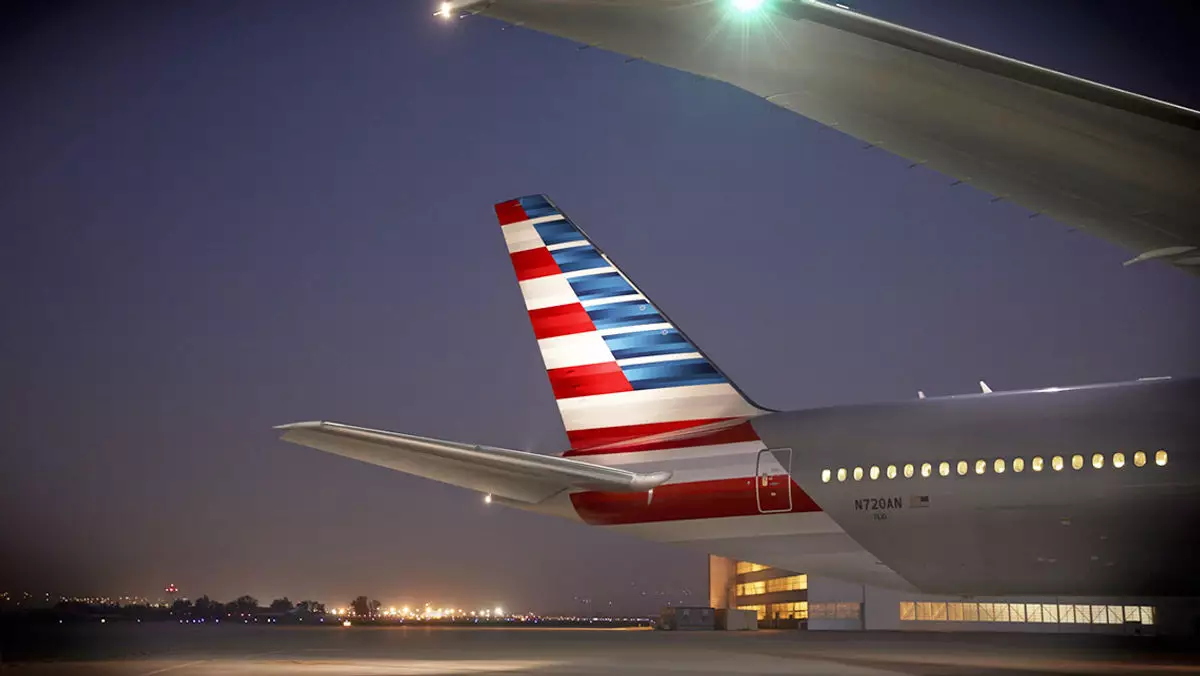In a noteworthy meeting in the Oval Office, Robert Isom, the CEO of American Airlines, convened with President Donald Trump and Transportation Secretary Sean Duffy. This discussion took place in the immediate aftermath of a tragic incident involving an American Eagle regional flight that collided with an Army helicopter near Reagan National Airport, leading to the loss of all 67 lives on board. This meeting exemplifies a crucial moment in the realm of aviation safety as it underscores the urgency to address shortcomings in air traffic management systems.
The collision has sparked a flurry of analysis concerning the existing air traffic control infrastructure. Notably, the National Transportation Safety Board (NTSB) has not yet released preliminary findings regarding the crash, though significant information suggests that the air traffic control tower at Reagan National had misidentified the helicopter’s altitude, indicating a significant malfunction within the current system. President Trump has since pointed fingers at the “obsolete” technology that typifies the nation’s air traffic system, and he pledged his administration’s commitment to modernizing it.
However, the fixation on technology alone may overlook deeper systemic issues within aviation safety protocols. Trump’s remarks linking the incident to diversity, equity, and inclusion (DEI) initiatives at the FAA hint at a controversial debate surrounding the balance of technological advancement and social responsibility. It is essential to approach these matters with care, as accusations leveled against such initiatives could undermine efforts aimed at making the aviation industry more inclusive.
American Airlines, in its follow-up statement, emphasized its commitment to collaboration with government officials to enhance aviation safety. A convolution of past efforts, particularly the FAA’s NextGen initiative, illustrates the complexities of transitioning to modern systems. Launched in 2007, NextGen has amassed a staggering budget of nearly $20 billion; however, its slow rollout has attracted considerable cynicism regarding its effectiveness. A report from the Office of the Inspector General indicated that, despite some imminent completions, the anticipated transformational capabilities of NextGen are not being realized as originally promised.
Furthermore, a recent report by the U.S. Government Accountability Office has shed light on an alarming number of FAA systems identified as unsustainable. These outdated systems raise critical concerns about their operational safety within the broader national airspace.
Adding another layer to the conversation is Secretary Duffy’s announcement regarding the involvement of Elon Musk’s Department of Government Efficiency (DOGE) in upgrading the aviation system. This potential collaboration presents an intriguing opportunity for innovation but can also provoke skepticism. With Musk’s track record in pushing technological boundaries, there is both hope and apprehension regarding the outcomes of such partnerships.
As American Airlines reiterated its focus on supporting the families affected by the tragic incident, it is crucial for the aviation sector to prioritize not only technological advancements but also ethical considerations while ensuring that safety remains paramount. In this evolving scenario, the intersection of improved technology and compassionate governance will ultimately dictate the future landscape of air travel in the United States.


Leave a Reply